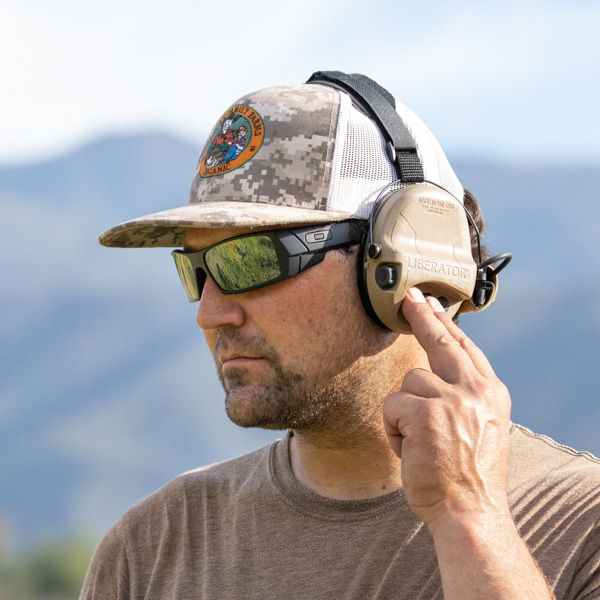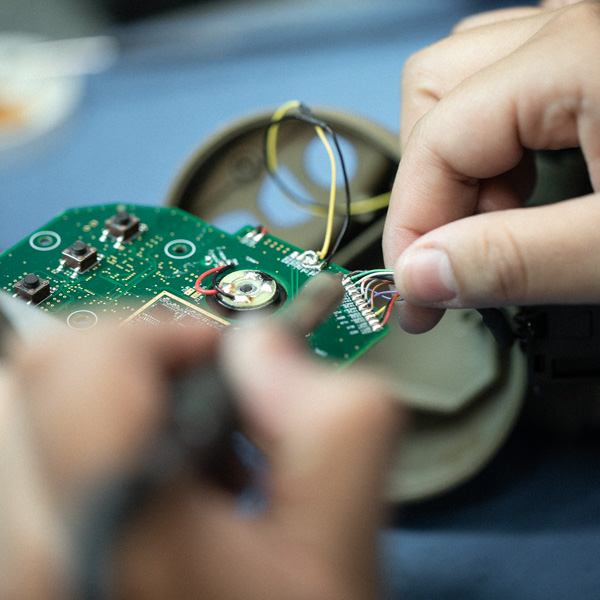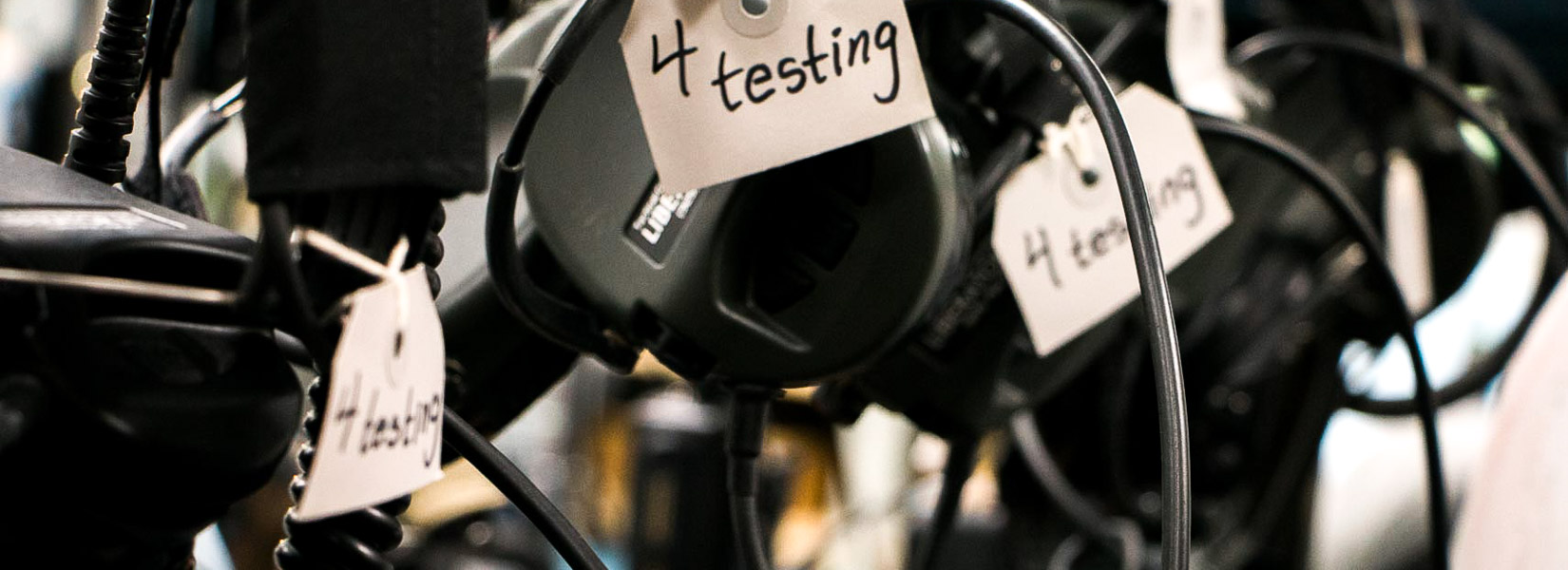
Headset Modes
The Liberator HP™, Liberator IV ™ and Liberator V ™ are the only headset models with user audio profiles that are modifiable with simple keystrokes on the headset. This patented technology enables operators to choose between three modes in response to environmental noise and communications required.
Electronic noise compression (ENC) reduces and compresses loud noises to safe hearing levels, while enhancing ambient audio. This is the standard mode available on most headsets used for tactical applications. Mode 1 is the setting for noise compression and sound localization.
The ENC mode is best utilized for ground applications requiring the ability to hear the environment, recognize threats, and maintain situational awareness when gunfire or explosions may occur without warning.
Sound localization is able to provide a realistic sound replication of the environment around the end user. This function allows the user to determine the direction and distance of a sound to determine threats, provide situational awareness, and to locate friendly forces.
While active, the Liberator IV & V have the ability to compress impulse noise above 85dBa to 82dBa with no clipping. End users can still effectively conduct face-to-face speech communications while being subjected to impulse noise.
Note: Impulse noise protection provides no electronic protection for high level steady state noise. Only the headset’s passive attenuation provides protection.
Active noise cancellation (ANC) allows the headset to generate a counter tone to neutralize measured steady state noise within the earcup. This mode is best used when high level steady state noise is occurring such as operating in a helicopter, aircraft, boat, or ground vehicle for more than brief periods. Mode 2 is the setting for active noise cancellation.
The ANC mode of operation will provide additional sound protection of 5-9 dBa reduction beyond what the earcup can achieve on its own.
Note: Active noise cancellation does NOT protect against impulse noise such as gunfire.
The combined mode incorporates both active noise cancelation and electronic noise compression to provide electronic protection against both high level steady state noise and impulse noise. This mode also supports speech isolation which allows human speech to be targeted. Mode 3 is a combined mode using both active noise cancelation and noise compression.
Use this mode when operating in and around high level steady state noise where impulse noise may occur without warning, such as firing weapons from a vehicle, aircraft or boat, and face-to-face communication is desired.

IMPEDENCE
Electrical impedance is the measure of resistance that a circuit presents to an alternating current when voltage is applied. In order for an audio signal to travel between a microphone, radio and headset, the impedance of the output device must match the impedance of the receiving device. Safariland/TCI products are available in two types of impedance:
Low impedance (aka dynamic) communication products are compatible with the electrical systems of most military aircraft and portable radios.
High impedance (aka electret) products are compatible with the electrical systems of civilian aircraft and portable radios.
ADDITIONAL TECHNOLOGY
Radio Audio Channel Enhancement (R.A.C.E.) technology provides stereo audio to the user when either radio 1 or 2 is in use. When two radios are in use at the same time, the audio traffic is directed to the left or right earcups. When more than one radio is being used, the audio feed remains secure, so that there is no bleed-through between the radios. Further, situational awareness and localization audio are separated from radio audio.
One of the advantages of the technology is that it improves audio quality for individuals with hearing loss in one ear. The R.A.C.E. modification is available as an option on all new dual comm PTT’s, or can be retrofit to previously purchased PTT’s. The feature is available for dual comm systems only.
Modern comms architecture requires more shielding technology. Military communications systems are using time-division multi-access networks (TDMA), in which multiple users transmit on the same frequency channel in quick succession, each using their own time slot. This constant transmission causes interference, which sounds like clicking in the headset. Advanced RF and acoustics interference shielding protects against this communications interference. Both the Liberator IV™ and Liberator V™ feature advanced RF and Acoustics Interference Shielding.
In loud environments, speech isolation focuses on isolating the human voice and filtering out noise in the background, to improve the intelligibility of speech.





